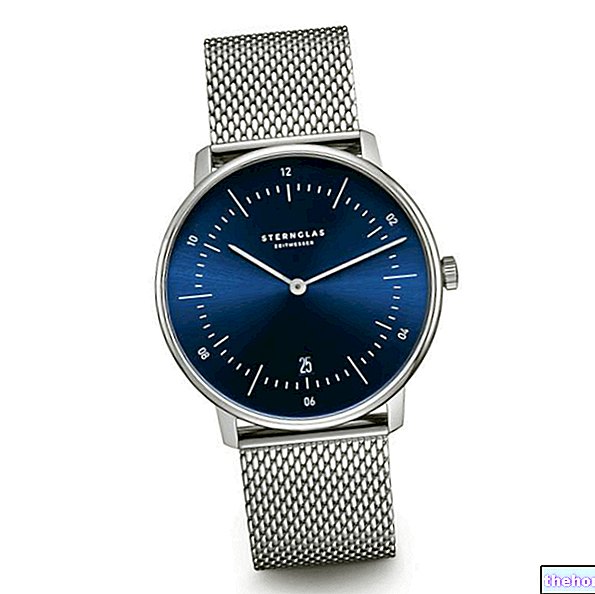
What is Brineura - Cerliponase Alfa and what is it used for?
Brineura is a medicine for the treatment of neuronal ceroid lipofuscinosis type 2 (CLN2), a hereditary condition in children that leads to progressive brain damage.
Because the number of patients with CLN2 is low, the disease is considered 'rare', and Brineura was designated an 'orphan medicine' (a medicine used in rare diseases) on 13 March 2013.
Brineura contains the active substance cerliponase alfa.
How is Brineura - Cerliponase Alfa used?
Brineura is infused directly into the brain. Before the initial infusion, the patient will have to undergo surgery to implant a device, which runs from the outside of the skull through the fluid cavity to the brain, where the medicine is released.
The infusions are given once every two weeks by a healthcare professional experienced in delivering medicines to the brain. To reduce the risk of infusion reactions, patients may be given other medicines before or during treatment with Brineura or the infusion may be slowed down. Treatment can continue as long as the patient benefits.
Brineura can only be obtained with a prescription.For more information, see the package leaflet.
How does Brineura - Cerliponase Alfa work?
Patients with CLN2 lack an enzyme necessary for normal brain development called tripeptidyl peptidase 1 (TPP1). The active substance in Brineura, cerliponase alfa, is a copy of TPP1 and is used to replace the missing enzyme.
The medicine is infused directly into the brain to bypass the blood-brain barrier, a protective barrier that separates the bloodstream from the brain and prevents substances such as medicines from entering the brain tissue.
What benefit has Brineura - Cerliponase Alfa shown during the studies?
In early studies it was shown that Brineura reduces the rate at which the disease progresses measured according to a standard rating scale.
In a study of 23 children (mean age 4 years) treated with Brineura for nearly a year, 20 of them (87%) did not experience the 2-point loss in motor and language skills historically observed in patients not receiving treatment.
Assessment was performed by physicians who assigned patients separate scores for motor and language skills (where 0 is more severe and 3 is normal). A patient's final score was the sum of the two scores.
In a follow-up study, the benefits of Brineura lasted for another year; the results showed that the disease could be slowed down in most patients. This study is still ongoing.
What are the risks associated with Brineura - Cerliponase Alfa?
The most common side effects of Brineura (which may affect more than 1 in 5 people) are fever, low levels of protein in the CSF (fluid from the brain and spinal cord), abnormal ECG (a test of heart activity). , vomiting, upper respiratory infections (nose and throat infections) and hypersensitivity (allergic) reactions. For the full list of side effects reported with Brineura, see the package leaflet.
Brineura must not be used in patients who have experienced life-threatening (allergic) hypersensitivity reactions with Brineura and whose symptoms recurred when the medicine was given again. It should also not be given to patients who have had a shunt implanted to drain excess fluid from the brain. Finally, Brineura should not be given to patients if there are any problems with the device, such as leakage or infection.
Why has Brineura - Cerliponase Alfa been approved?
Available data show that Brineura contributes to slowing the loss of motor and language skills in patients with CLN2, a disease for which there are no other treatments.
As far as security is concerned, no unacceptable issues emerge from the data. The Agency's Committee for Medicinal Products for Human Use (CHMP) therefore concluded that Brineura's benefits are greater than its risks and recommended that it be approved for use in the EU.
Brineura was authorized under “exceptional circumstances” because it was not possible to obtain complete information on Brineura due to the rarity of the disease. Each year the European Medicines Agency will review the new information available and this summary will be updated accordingly.
What information is still awaited for Brineura?
As Brineura has been authorized under exceptional circumstances, the company that markets it will provide further data from studies on the safety of the medicine, including the risk of allergic reactions when used long-term, and on its long-term effectiveness in slowing or stopping the worsening. of motor and language skills. The studies will involve children under the age of two, for whom there is currently no data.
What measures are being taken to ensure the safe and effective use of Brineura - Cerliponase Alfa?
The company that markets Brineura will ensure that all healthcare professionals who are expected to use the medicine are provided with educational material on how to use it and how to prevent problems related to the device, such as infection or obstruction.
The recommendations and precautions to be observed by healthcare professionals and patients for Brineura to be used safely and effectively have also been reported in the summary of product characteristics and package leaflet.
More information about Brineura - Cerliponase Alfa
For the complete version of Brineura's EPAR, consult the Agency's website: ema.europa.eu/Find medicine / Human medicines / European public assessment reports. For more information about Brineura therapy, read the package leaflet (included with the EPAR) or contact your doctor or pharmacist.
The summary of the opinion of the Committee for Orphan Medicinal Products for Brineura is available on the Agency's website: ema.europa.eu/Find medicine / Human medicines / Rare disease designation.
The information on Brineura - Cerliponase Alfa published on this page may be out of date or incomplete. For a correct use of this information, see the Disclaimer and useful information page.




























